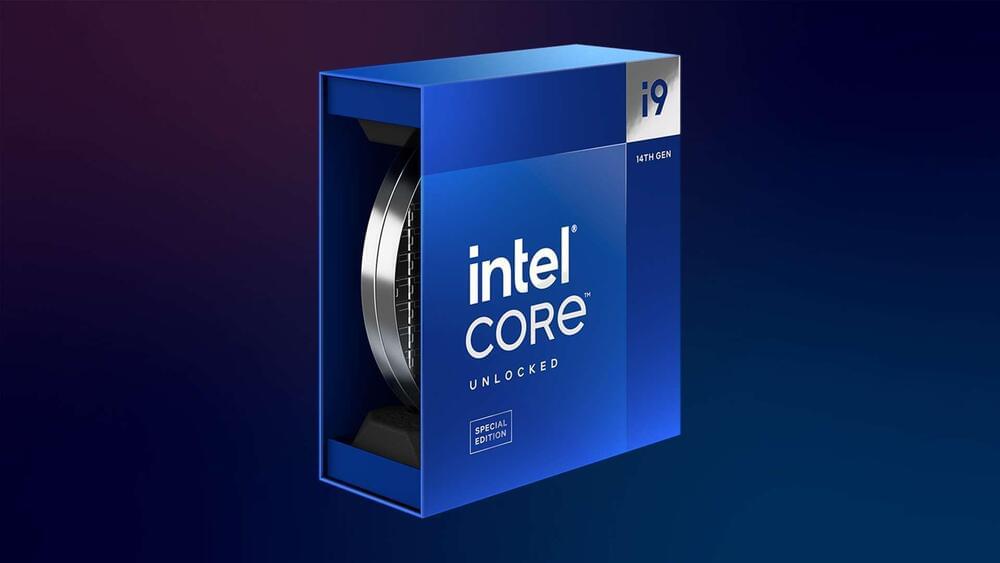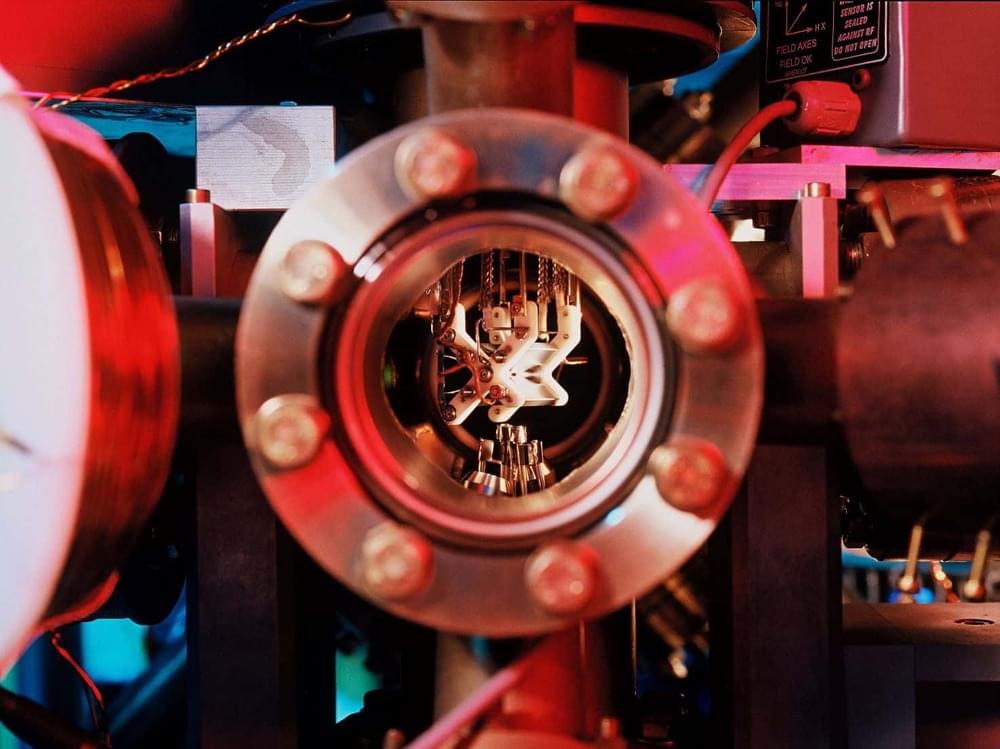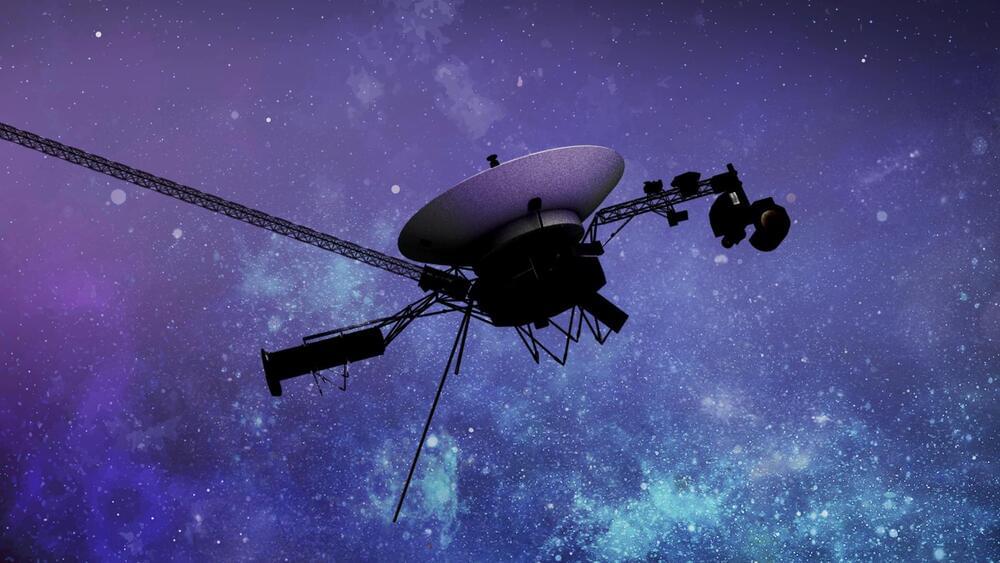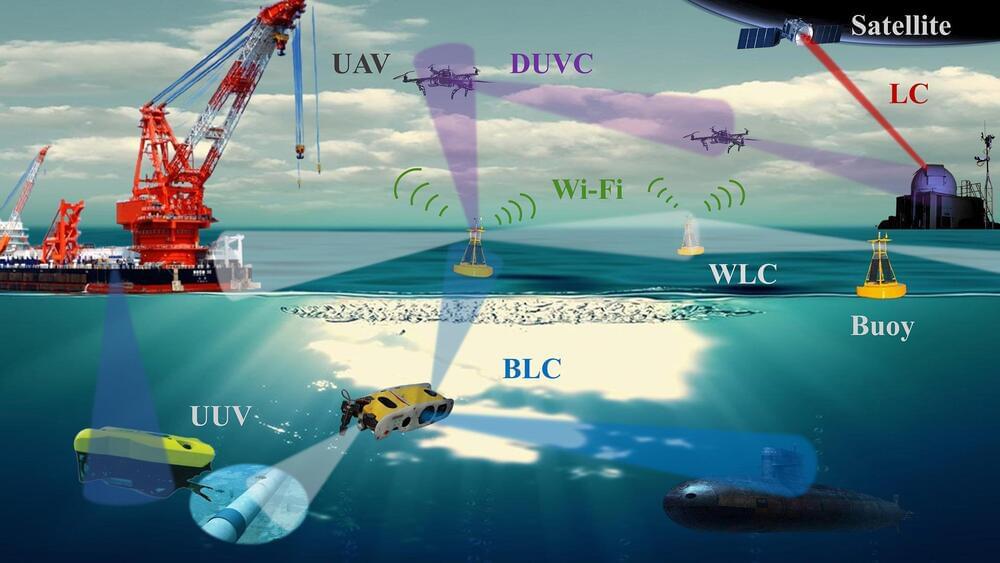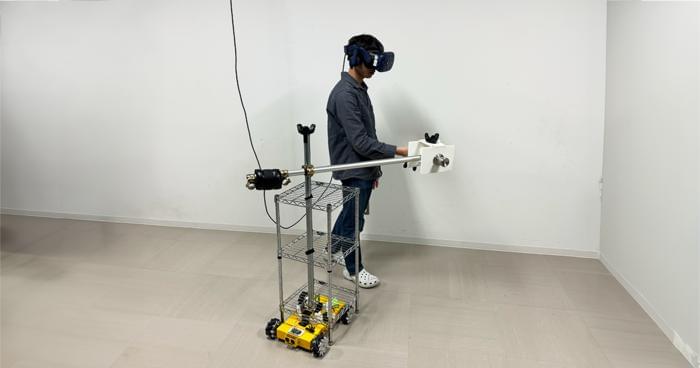Mar 15, 2024
Intel’s new 6.2GHz CPU is the world’s fastest out-of-the-box
Posted by Gemechu Taye in category: computing
Intel wants to stay ahead of the performance game in the PC chip market, a throne that it often used to sit on before AMD and Apple’s new chips blew it out of the competition. But now it has again solidified its hold on the desktop performance crown with the release of its new Core i9-14900KS processor.
Launching it as a “special edition” release, the new chip represents a massive jump from last year’s top performer, Intel’s Core i9-13900KS. What is its top clock speed? Well out-of-the-box, it hits a maximum clock speed of 6.2GHz. This makes it the undisputed fastest consumer-grade desktop processor currently available.
